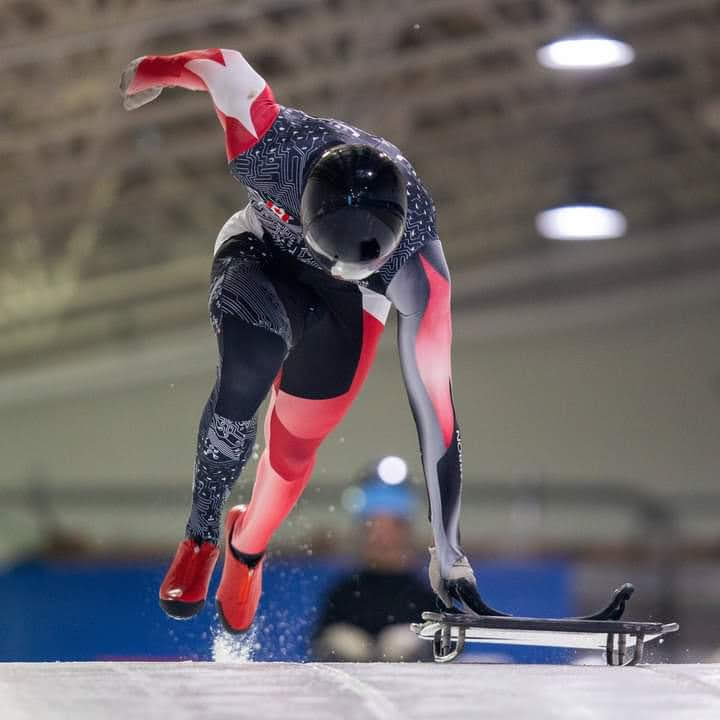Tis the season to….. PUSH SLEDS!!!
As a Canadian Skeleton athlete, I have a slight bias for pushing sleds; however, that’s not the reason why I love the sled for training, Aerobic training can be polarizing for improving performance, recomposing bodies, and improving health.
Innately, low and slow aerobic training does not induce substantial muscle stimulus and thus does not maintain lean tissue. This can be challenging for increasing work capacity and muscle mass! Utilizing the sled is an excellent option for those looking to get the best of both worlds! Moreover, it is a fantastic low-impact option compared to running and a recovery tool for high performers!
Aerobic Training: Tempo Method with a Sled!
What’s the purpose?
Slow-twitch fibres though not massive force producers, they are the kings of oxidative capacity! As such, to improve their force-producing abilities we need to increase the cross-sectional area of the fibres, thus, hypertrophy is in order. To do this, we need to take a page from bodybuilders and athletes by imposing more muscular demands apart from purely seeing how long we can go for.
What sets this apart from typical Aerobic tempo methods is the use of a load to induce more muscular stimulus and metabolic damage!
Followed is an example prescription of how I utilize this method for recovery. To make it even more demanding, up the load and intensity! Just remember, poison is in the dosage!
Equipment:
- 30-40m stretch of track/turf/flat surface
- Sled + weight
- TRX band / rope attatchment
Prescription:
- 8-10 Rounds
- 30-40s rest between exercises/trips
- Use a load you can complete the distance in 35-50 seconds
- Change as needed
Exercises:
- Forward Prowler Sled Push
- Backward Prowler Sled Drag
- Lateral Prowler Sled Drag – Use crossovers, or karaoke style
- Forward Prowler Sled Drag
Now the big caveat with this style of hypertrophy training is the absence of eccentric muscle contractions within these exercises. However, though eccentric loading produces the greatest muscle damage for a given contraction, metabolic damage is the main driver of hypertrophy for this training. The high loads, continuous nature, and low recovery times will palace enough metabolic load to induce change in local tissue and blood pH, thus creating a hypertrophying effect!
Give it a go and feel free to change it up! Everyone is different and training needs to reflect that!
I hope this can give you a little spice to your training and give you some inspiration!
more blogs
by Troy Wilson: Wilson Kinetic Health, BScKinH, MScKin, PKin, Team Canada Athlete and RockTape
